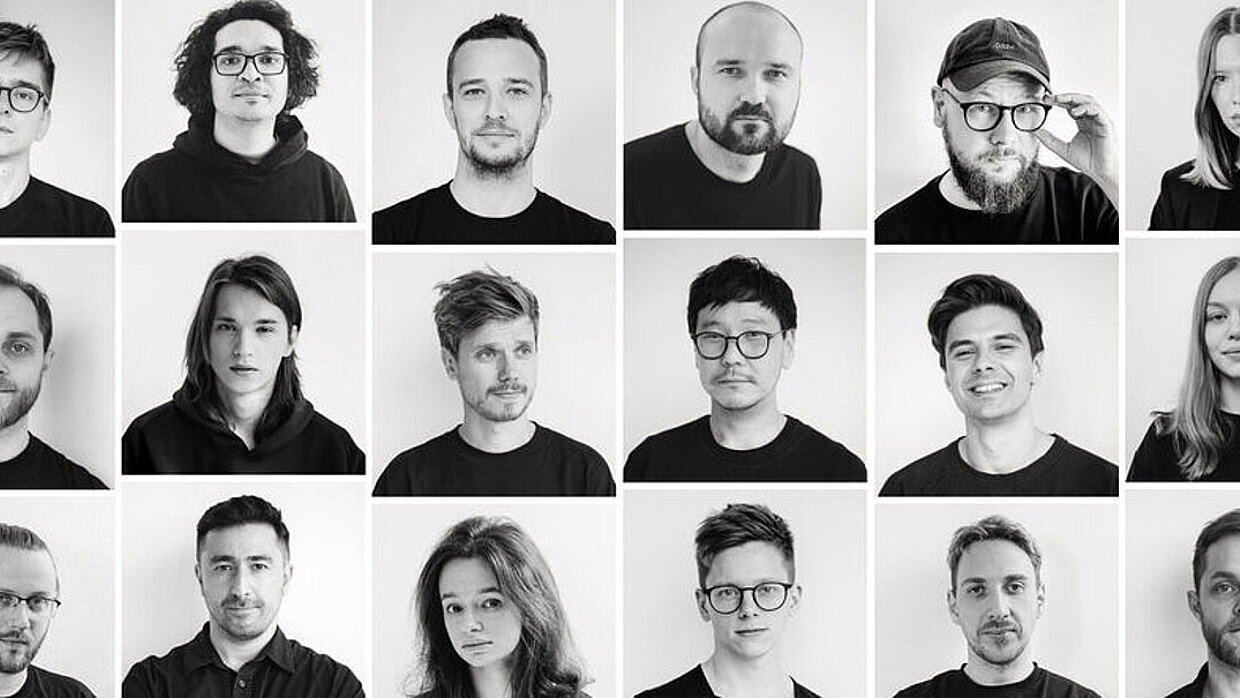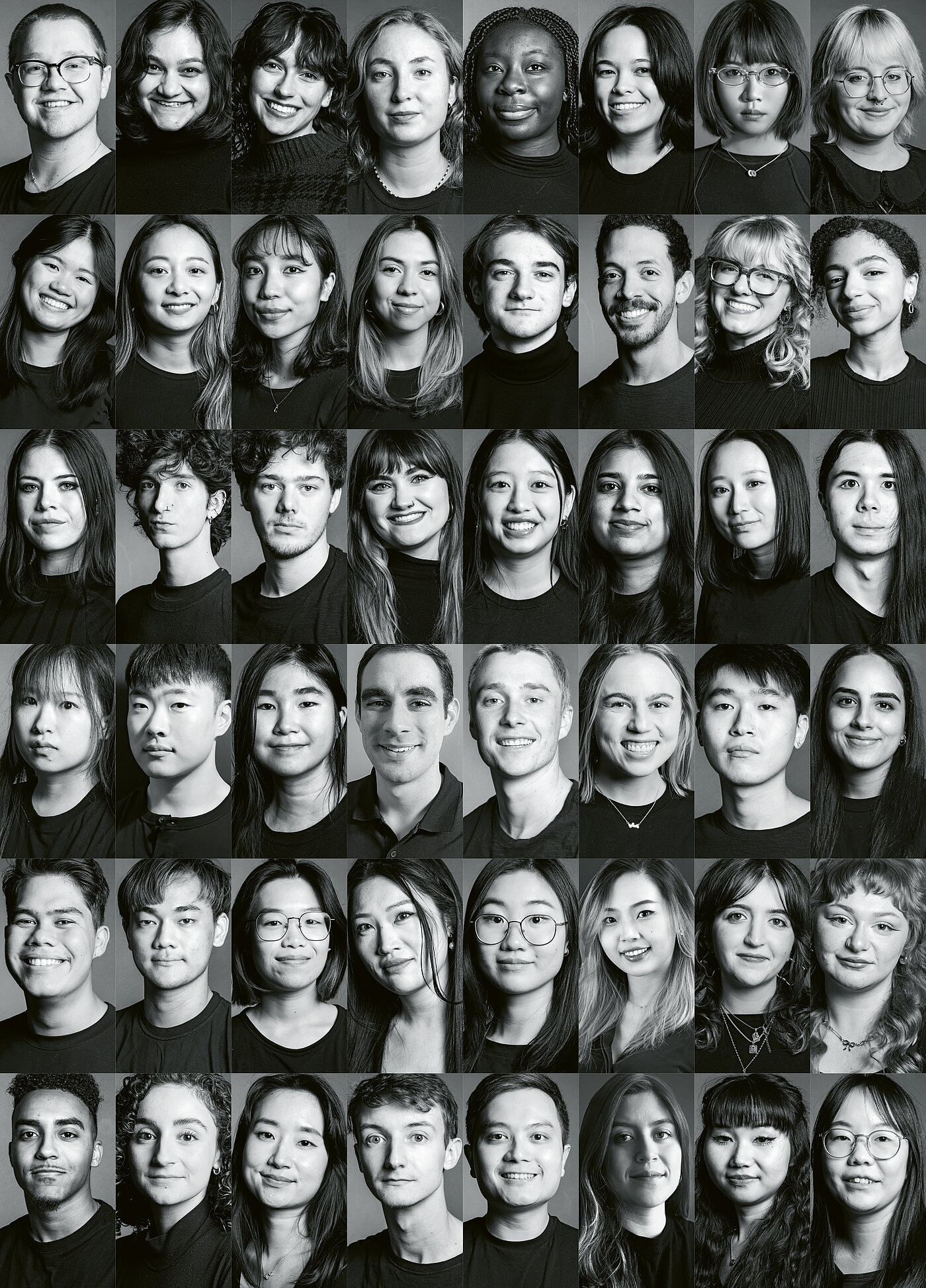
CoMotion is an annual motion graphics conference organised by students at the Savannah College of Art and Design. It is a project that requires not only great organisational commitment, but also media support. An impressive part of this was an animated title sequence, which was realised under the direction of Kyle Switzer and Muskaan Sethi. Three aesthetic minutes of film visualise the origin of all life …
Interview with Team CoMotion
Red Dot: There were 38 students working on the title sequence for the CoMotion conference. How did the group organise itself?
Team CoMotion: Tight organisation was essential as we only had six months to produce a three-minute title sequence and over 100 deliverables – print, web, projection, AR, animation and the corporate design. This year we split the participants into five groups. There were two creative directors, seven designers under one lead designer and eleven animators, each led by a supervisor. We also had a wonderful six-person graphic design crew led by a senior designer. Two producers, a web design duo and four experimental animators worked on projection mapping and other elements centred on pushing the branding. Not only did we successfully complete a project, but we also created a structure that enabled 38 students to work consistently, creatively and thoroughly.
What story did you want to tell with this film?
The film follows the cosmological model of creation. It begins with the Big Bang, where two dynamic lines symbolise the birth of the universe. As we zoom in, we play with scale, energy and light. The fusion of atoms, the genesis of molecules, the formation of RNA into DNA – each step is a testimony to the building blocks of creation. Then the piece slows down, and in its final moment life is symbolised by an opium poppy. At its core, however, the film is not about the linear story of creation, but about how nature – as designer, architect and engineer – shapes the world according to the diligent rules of its own system. We often reduce the beauty of nature to its appearance, so we opted for a sequence in black and white to look at the strands that make up this web of life in a new light.
What were the biggest challenges during realisation?
The most common pitfall for young directors is having impossibly high expectations of themselves and their team. They strive for perfection because they think that’s what leadership demands. But that creates an environment where people are just waiting for someone to make a mistake. In reality, it’s not about being perfect – it’s about finding the best way to tell a story. Failure always puts you back on the right track. That’s why it’s important to let the team know that failure is part of the process – it took me a bit too long to figure that out.


